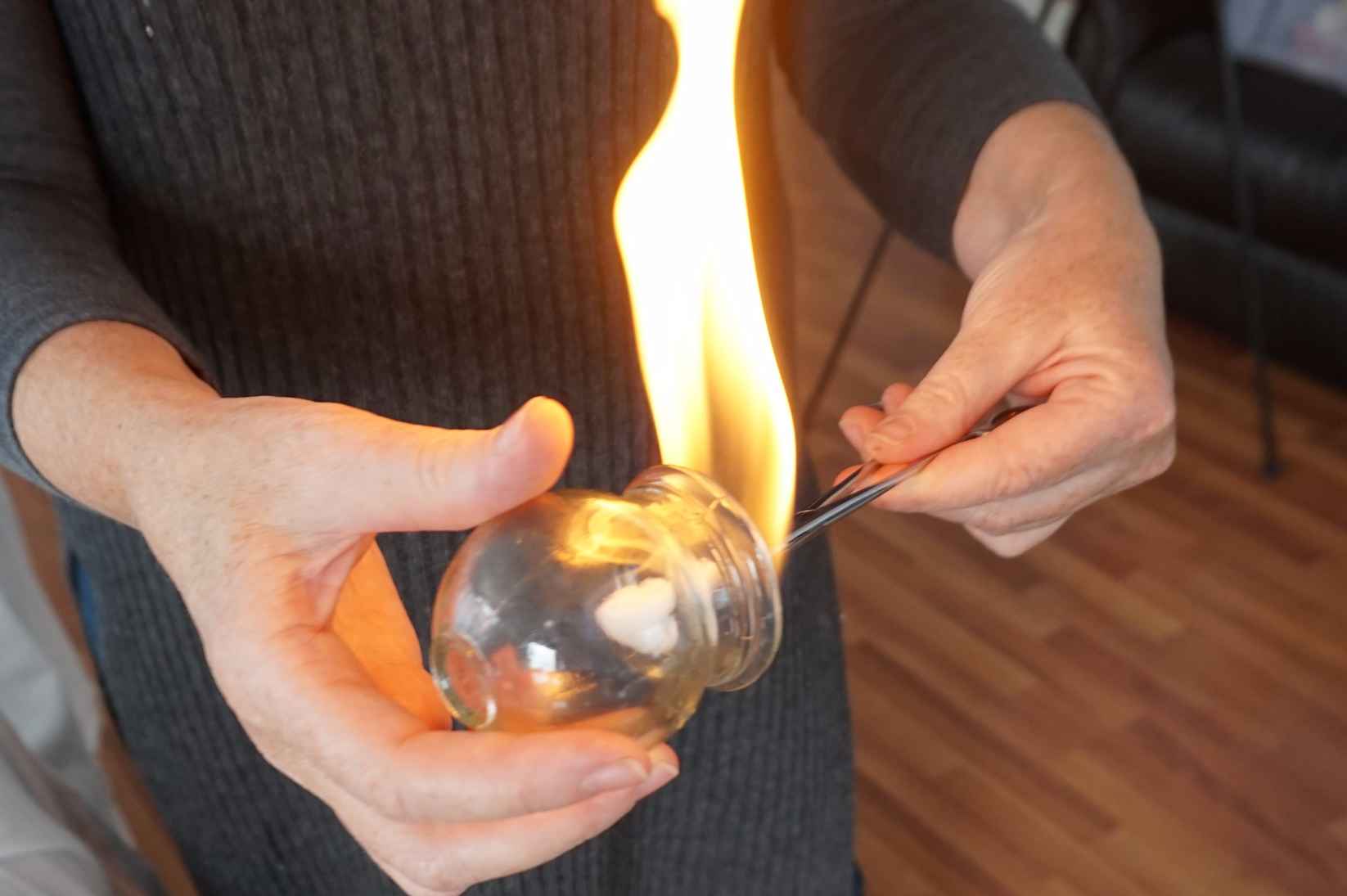Course Content
-
0 / 4
Introduction
-
An Overview for Bodywork Professionals7:44

-
An Overview of the power of cupping5:04

-
Evaluation
-
Practitioner Cautions and General Information
-
-
0 / 10
What Is Cupping
-
History of Cupping
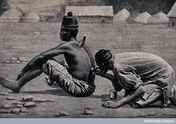
-
First evidence of Cupping

-
Worldwide use of cupping16:45

-
Quiz
-
Cupping Today - Research and Current Practice
-
Quiz
-
Cupping Overview
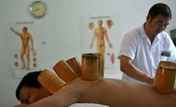
-
Categories of Cupping

-
Quiz
-
Cupping for Self Care12:05

-
-
0 / 9
Types of Cups
-
TYPES OF CUPS
-
Quiz
-
Glass Cups
-
Silicone Cups0:35

-
Quiz
-
Plastic Cups1:46

-
Quiz
-
Size of Cups
-
Quiz
-
-
0 / 6
The Cupping Method
-
Depths of Cupping – determining the amount of suction needed2:28

-
Quiz
-
Three Main Cupping Methods7:04

-
Quiz
-
Other Types of Cupping8:31
-
Practice time
-
-
0 / 7
How Does Cupping Work?
-
How Does Cupping Work?
-
Quiz
-
Cupping marks1:34
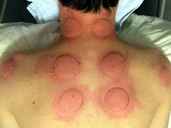
-
Quiz
-
Planning for your treatment
-
Indications for Cupping
-
Quiz
-
-
0 / 5
Cautions and Standards
-
Contraindications for Cupping
-
Quiz
-
Cautions around Bruising and Blisters
-
Cleaning and Disinfection
-
Endangerment Zones
-
-
0 / 2
Practice Time
-
Practice Time
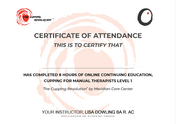
-
Final thoughts
-
-
0 / 6
Body Areas for Cupping
-
BACK
-
ABDOMEN
-
CHEST/LUNGS/NECK
-
LIMBS31:56
-
FACE and NECK
-
Specific treatment protocols
-
-
0 / 3
Certificate Notes and Other
-
get your certificate here!

-
PDF powerpoint notes
-
Cupping Consent Form
-
Categories of Cupping
There are two main categories of cupping therapy.
- Dry Cupping
- Wet Cupping
Wet cupping is the use of bloodletting in conjunction to the cupping treatment. In this case, only Acupuncturists and Medical Doctors are authorized to perform wet cupping in North America. With wet cupping, glass or ceramic cups can be used, and the practitioner must follow proper sterilization techniques for their instruments. This method requires sterilization, or the use of an FDA approved product such as Sporox for high level disinfection. The Centre for Disease Control has clear guideliness for the cleaning and sterilization of cups. If a silicone or plastic cup is used and is in contact with Blood, it must be properly disposed of after the treatment. The wet-cupping technique is when the skin is stimulated at a certain acupressure point, and pricked with a lancet, then covered with a cup to draw out the stagnant blood.
Dry cupping is the category of cupping that we will address in this training. This modality is not regulated by any governing body, but is within the scope of practice for most licensing bodies. Dry cupping is considered a very safe and effective treatment for most people. There are different types of cups that can be used for dry cupping.
Traditionally, glass cups have been used with fire (fire cupping).
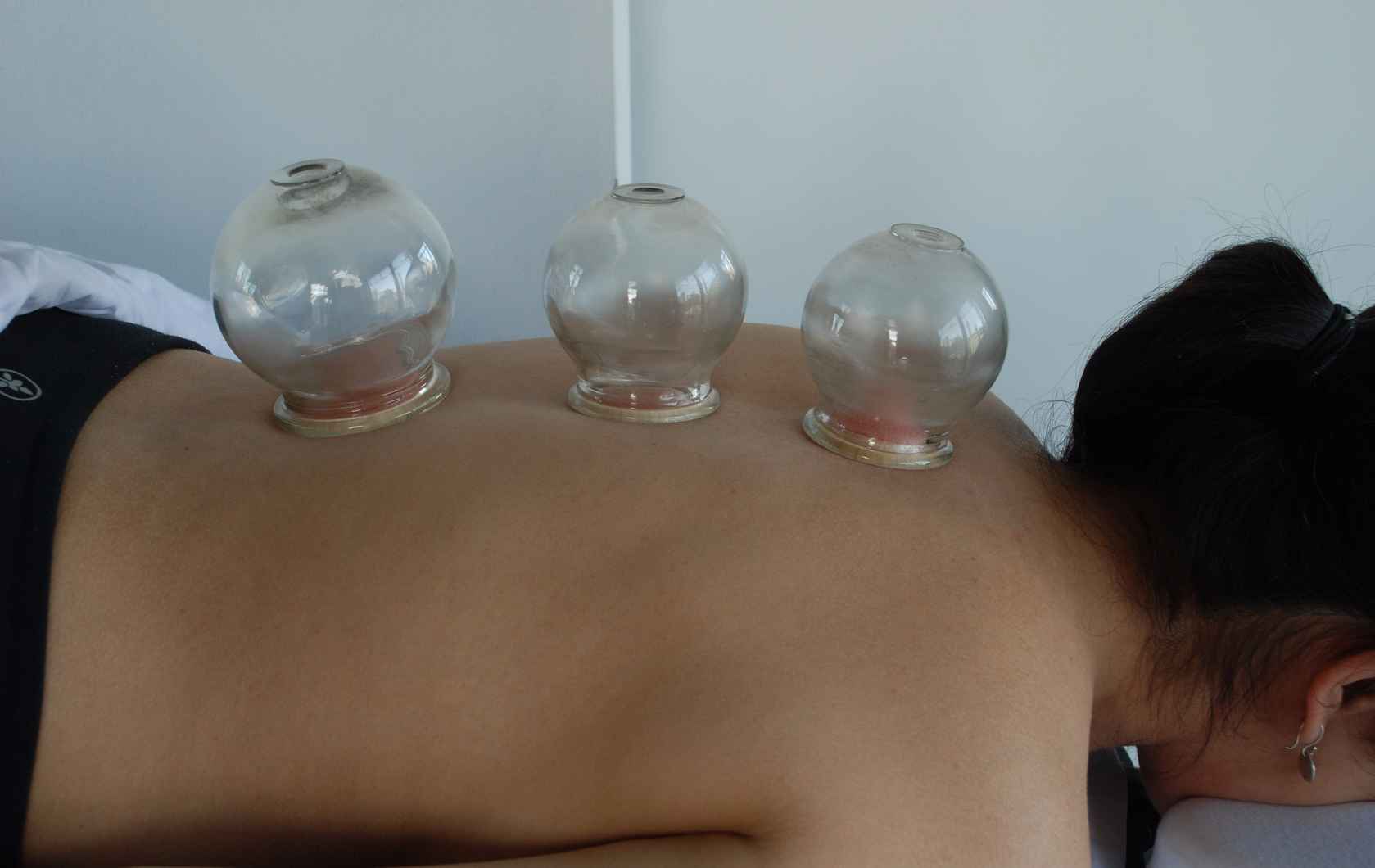
More recently, plastic cups with a pump were developed.
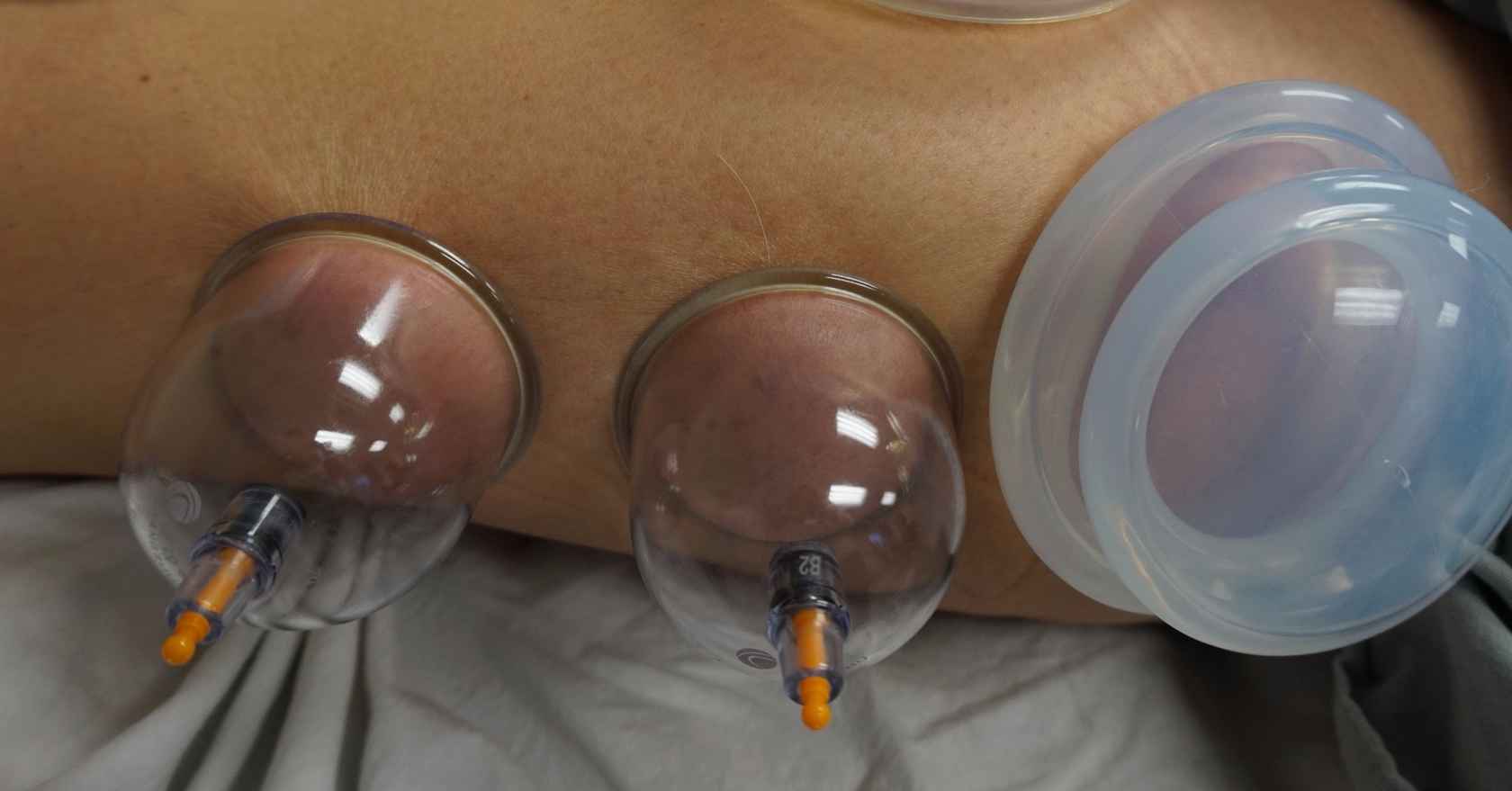
Even more recently has been the development of silicone cups.
Whatever type of cups you are using in your treatment, the goal is to create a negative pressure (suction) within the cup, so that it draws the tissue into the cup to stimulate the body.
An understanding of the body and its mechanics, will provide a greater ability to perform effective cupping treatments. A minimum understanding (50 hours) of anatomy and physiology is required for this course.
It is important to note that if during a dry cupping session the cup comes into contact with any Blood or Body fluids, proper disinfection and sterilization techniques must be applied. Because I am a Registered Acupuncturist in the province of Ontario, Canada I am required to follow the safety procedures outlined by my college, but must also note that the Centre for Disease Control have their standards for cleaning and disinfection.
